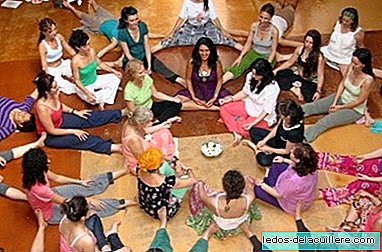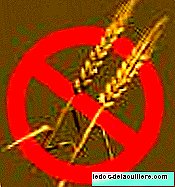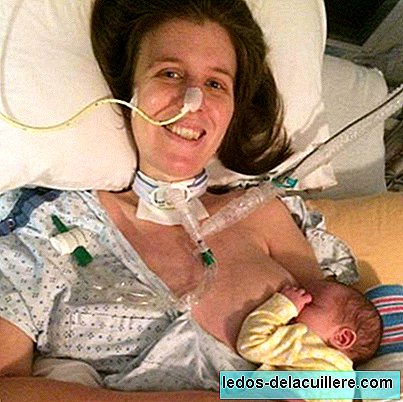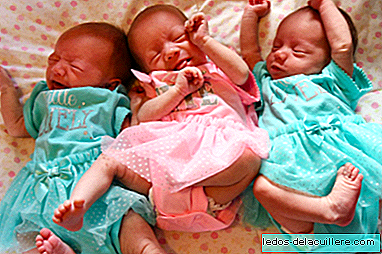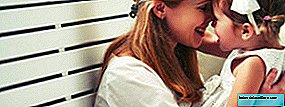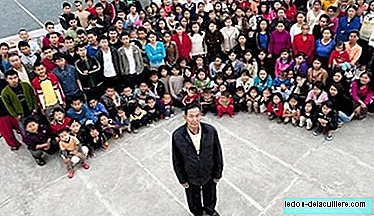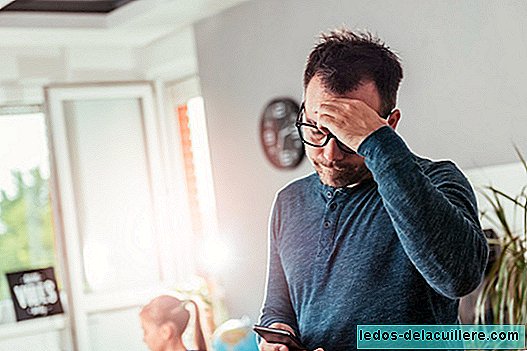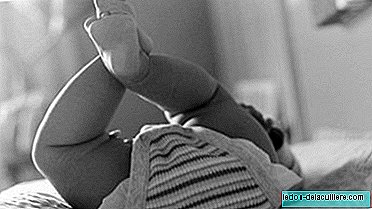
Primary, archaic or primitive reflexes of the baby they are automatic and mechanical responses of the central nervous system to stimuli that occur before the development of voluntary movements.
The neurological examination of the baby can determine its maturational state and can predict the future evolution of its development, so it is important to observe them.
In all babies a series of reflexes is activated, which at approximately the age of three (although it will depend a lot on the reflex we are talking about) should have disappeared or been integrated.
These reflexes are used in pediatrics to assess the development of the baby. If these primary reflexes persist, or do not integrate and remain active when they no longer apply, they can be indicators and cause of motor or learning and behavioral problems in children and adolescents and even in adults.
But you do not have to wait long to make the first observation of the baby's reflexes, in the first examination to the newborn. Here, reflexes such as automatic gait, search, plantar and palmar pressure, Moro reflex ...
The appearance and disappearance of reflexes means a better capacity to adapt to the environment, so they are important for the development of people. If a baby does not have a primary reflex, or presents it for too long, it could be an indicator of some neuronal deficiency and certain developmental difficulties.
By observing the reflexes, warning signs and possible anomalies that can affect the child are detected, determining causes and reducing future anomalies.
In short, it is important the observation of the primary reflexes of the baby to determine if it is in perfect condition to react as expected against the different stimuli posed in each test, which will depend on the age of the baby or child.



